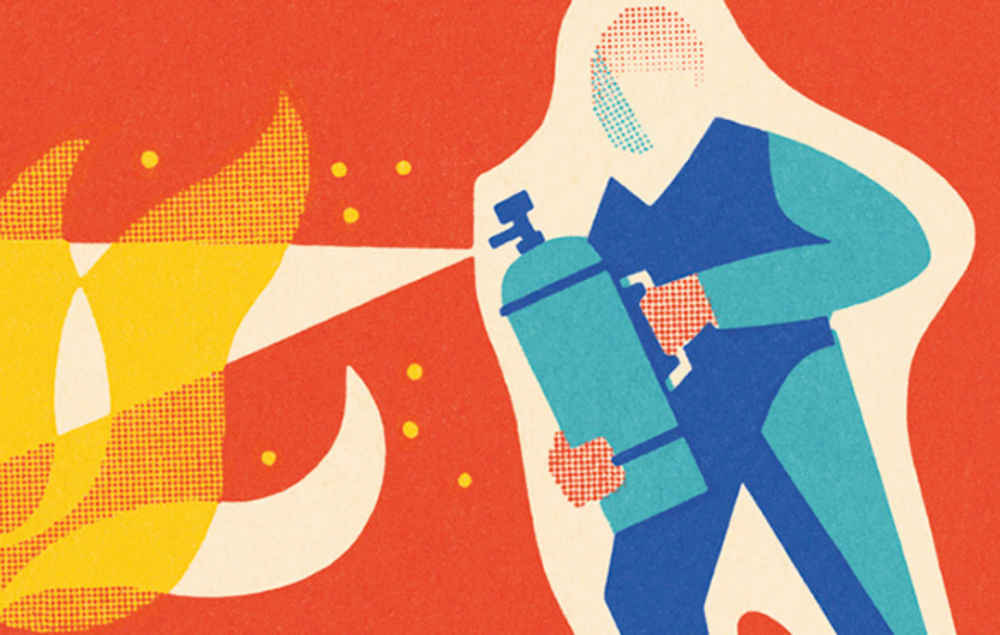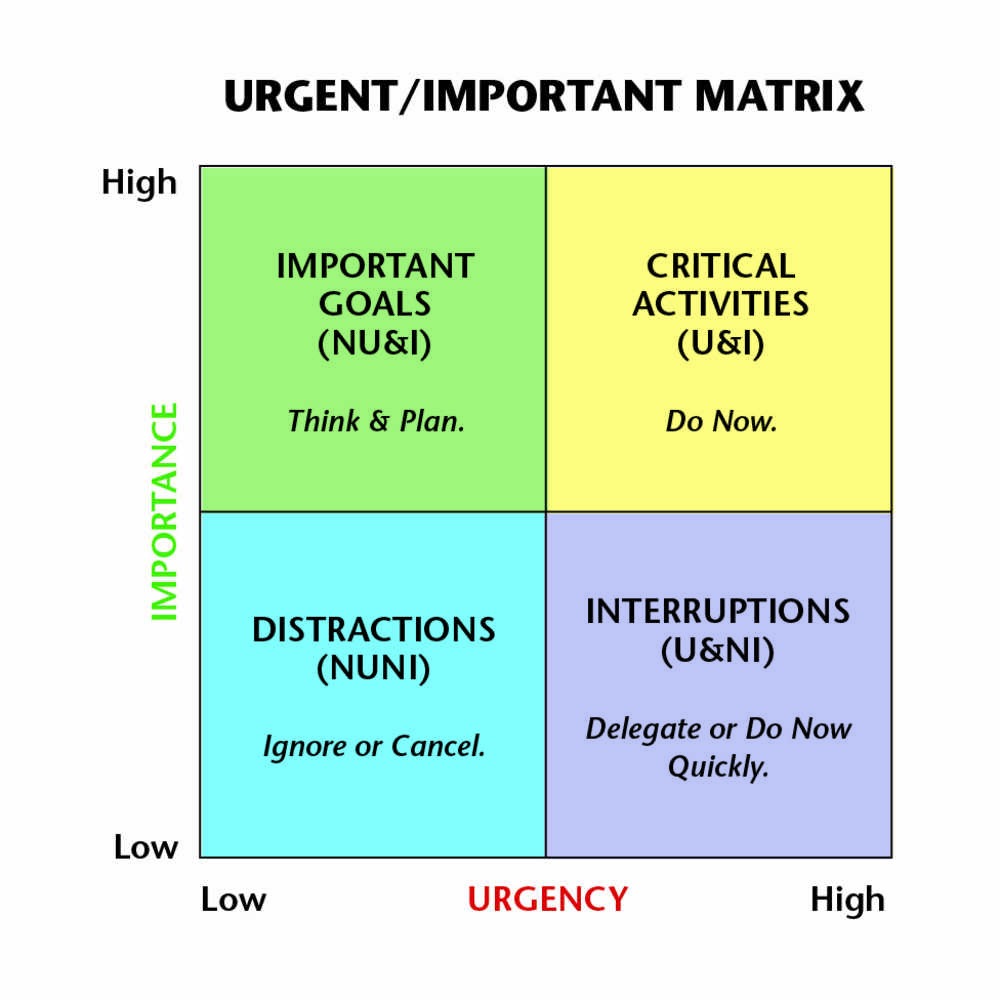The clients are screaming for their rush jobs, the AEs just brought in three new “hot” projects, and agency production staff are looking fried and tired from trying to keep up. We’ve all been there. However, agencies should not be constantly running at “five-alarm” status, putting out fires and manning the bucket brigade on a daily basis. Daily workflow needs to be more orderly, so creative and production people have adequate time to deliver an error-free, quality final product. If your agency needs a fire brigade every day of the week, you need to invest in some fire prevention tactics.
Finding the Balance
A host of factors contribute to losing control of agency workflow. You may have too few people to handle the workload. Or, your clients may expect all of their projects to be delivered as rush jobs, believing these take priority over all other client work. But much of the blame for chaotic scheduling can be laid on poor prioritizing by agency account executives and the traffic manager. In small agencies, responsibility for prioritizing may even fall on the agency owners. If that’s the case, step up, Fire Chiefs: it’s time to get the conflagration under control.
On any given day, certain projects will be “hotter” than others; several other projects may be important enough to need work toward an approaching deadline. The trick is defining which jobs are truly “important” and “hot,” so you can manage workflow back into some degree of sanity.
President Dwight D. Eisenhower is said to have organized his tasks based on an idea that has since become known as the Eisenhower Principle: “What is important is seldom urgent and what is urgent is seldom important.”
Discuss the concept of “urgent” vs. “important” with all agency staff, especially account service people and project managers. “Importance” refers to meeting goals and objectives; “urgent” is entirely about timing. Both of these may be based on agency or client needs. Account managers, project managers and traffic managers need to have a good sense for how much “wiggle room” there is in any given project’s level of urgency—or be prepared to backpedal when agency creatives demand clear priorities be established.
Stephen Covey shared a useful visual in his book, The 7 Habits of Highly Effective People.


